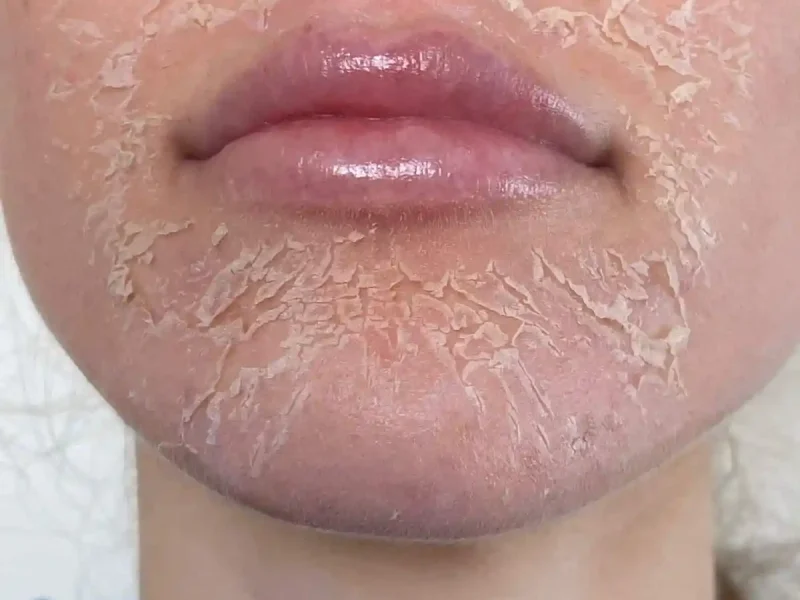Discovering unusual bumps on your child’s scalp can be alarming, especially when you can’t get an immediate doctor’s appointment. As a parent, it’s natural to feel concerned when you notice skin changes you don’t understand. While waiting for professional medical advice, there are steps you can take to identify potential causes and provide comfort to your little one.
Several common childhood conditions can cause scalp bumps, ranging from mild irritations to more serious infections. Folliculitis occurs when hair follicles become inflamed, often appearing as small red bumps that may contain pus. Sebaceous cysts form when oil glands become blocked, creating dome-shaped lumps that are usually painless. More concerning are boils – painful, swollen bumps that grow larger as they fill with pus and often require medical attention.

Look closely at the bumps for important clues. Red, itchy bumps around hair follicles likely indicate folliculitis, which can develop from hair products, tight hairstyles, or minor infections. These may become tender and occasionally ooze. Without proper care, folliculitis can worsen and potentially lead to hair loss. If your child is scratching their scalp, switch to gentle hair products and maintain good scalp hygiene.

Boils require special caution. These painful lumps result from bacterial infections, typically staphylococcus aureus. They differ from other bumps by being larger, warm to the touch, and increasingly painful. Accompanying fever or fatigue suggests the infection may be spreading. Never attempt to pop a boil – this can worsen the infection. Instead, apply warm compresses several times daily to help it drain naturally. Seek immediate medical care if the boil doesn’t improve or if fever develops.


Certain warning signs demand urgent attention regardless of your scheduled appointment. Contact your doctor immediately if your child develops fever, appears unusually tired, or if the bumps are rapidly growing or becoming more painful. Facial swelling, difficulty swallowing, or behavioral changes could indicate a serious condition requiring prompt treatment. Children with compromised immune systems need particularly close monitoring of any skin changes.


